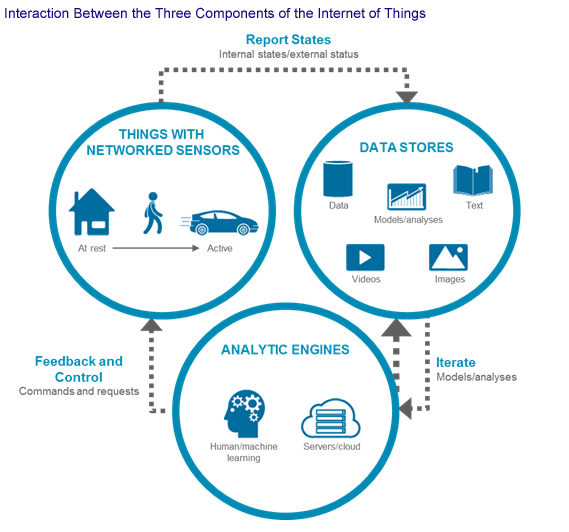Here at The Security Ledger, we’ve written often about the barriers to improving the security practices of software development organizations. It is simple enough to say things like “we have to teach people to write code that is secure. But to actually accomplish that across the myriad of companies that do software development is akin to boiling the ocean. Still, it is a far more manageable problem at the level of a single organization. In fact: it is quite do-able. How? That’s the subject of a Google Hangout Security Ledger is doing this afternoon in conjunction with Veracode. The topic: creating a culture of security within your organization. In the hangout, I will be speaking with Veracode’s Chris Eng and Greg Nicastro about how Veracode, itself, built its secure development culture from the ground up. This is going to be a great discussion. Greg is the Executive Vice President of […]
open source
Surprise: Branding a Bug is just as Hard as Branding Anything Else!
ZDNet’s @violetblue has a nice piece on the new fad for naming vulnerabilities – seen most recently with the OpenSSL Heartbleed vulnerability and the “Shellshock” vulnerability in Linux’s common BASH utility. As Blue notes, the desire to “brand” bugs “changes the way we talk about security” – in part by giving complex, technical flaws down a common referent. But does giving a bug a logo make it frivolous? As she notes: the penchant for naming vulnerabilities may stem not from a desire to trivialize them – but a very practical response to the need to keep track of so many security holes in software. Regardless, Heartbleed – and the marketing by the firm Codenomicon that surrounde it – was the bug that launched a thousand ships, including Shellshock, Sandworm, and more. Read more coverage of Heartbleed here. But, as with . As security research and incident response are becoming more lucrative, expect the masonry […]
Opinion: Toppling the IoT’s Tower of Babel
The five most feared words in the IT support person’s vocabulary are “This. Page. Can’t. Be. Displayed.” And yet, the growth of Service Oriented Architecture (SOA) based enterprises in the past eight years means that these dreaded words show up more and more, as services from different developers and vendors are consumed by larger, up stream platforms and and integrated to provide new capabilities. In this kind of environment, “This Page Can’t Be Displayed” is a cry for help: the first indication of a problem. For enterprise support personnel, that message is often the first step in a long journey complete with Sherlock Holmes-style sleuthing to try to find which service along an orchestrated chain is the bad actor. And, unfortunately, when an application is being attacked or gets hacked, support personnel may not even have an error message to go on. In both cases, the major roadblock for support and incident response staff is that application developers or development […]
Security Needs Context in IoT| SC Magazine
SC Magazine has a worthy editorial on IoT and security by John Barco, VP of product management at the firm ForgeRock on how Internet of Things (IoT) technologies requires both security and a better understanding of what Barco calls “context.” “It’s not just about protecting IoT devices but the entire ecosystem, from the customer to the partner, the web page, mobile device, mobile app, the cloud and everything else in between,” he writes. Organizations that do not grasp the complex interactions between static devices, mobile devices and (of course) the cloud risk leaving sensitive, regulated data or intellectual property at the mercy of malicious actors. Barco’s recommendations? More and better user authentication to support IoT use cases outside the firewall, and future-proofing your IoT deployment by eschewing proprietary platforms and technologies. To quote Barco: “open source gives IT a platform it can build on and customize, while open standards offer the flexibility to adapt to future […]
Is IoT Innovation Outpacing Our Ability To Keep It Safe?
GigaOm has an interesting, high-level piece that looks at the issue of law, liability and the Internet of Things. The article takes off from a discussion at the Download event in New York City earlier this month, wondering whether adoption of Internet of Things technologies like wearables is starting to run far ahead of society’s ability to manage them. Specifically: is the pace of technology innovation outstripping the ability of our legal system to reign in excess and protect public safety and civil liberties? On the list of ‘what-if’s’ are some familiar questions: How to assign liability. (“If one of Google’s automated cars crashes, is it the fault of the driver or Google?”) Read more Security Ledger coverage of Internet of Things here. What responsibility to users have to take advantage of safety features in connected products? (Does a parent’s failure to password-protect a baby monitor change the manufacturer’s liability when and […]





